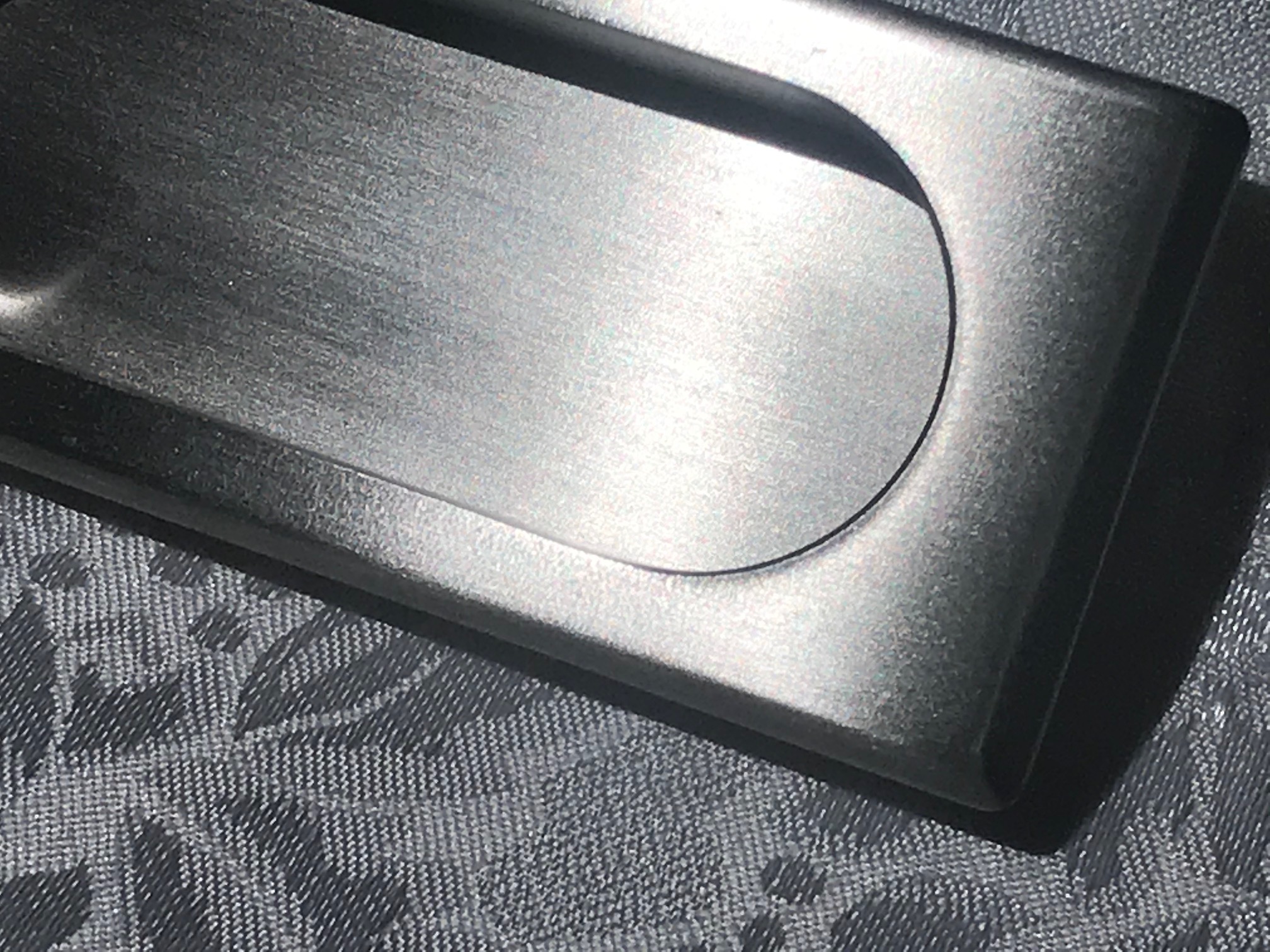2019 satin Nickel finish rectangular flush drawer pull by Classic Brass: 1,768 ppm Lead [90 is unsafe for kids’ items.]


Front surface of drawer pull:
- Lead (Pb): 1,768 +/- 257 ppm
- Chromium (Cr): 377 +/- 170 ppm
- Tin (Sn): 1,293 +/- 148 ppm
- Zinc (Zn): 7,011 +/- 860 ppm
- Copper (Cu): 214,300 +/- 2,100 ppm
- Nickel (Ni): 772,000 +/- 2,300 ppm
- Iron (Fe): 1,189 +/- 236 ppm
Back plate of drawer pull:
- Lead (Pb): 295 +/- 124 ppm
- Zinc (Zn): 26,200 +/- 1,300 ppm
- Copper (Cu): 323,100 +/- 2,300 ppm
- Nickel (Ni): 648,300 +/- 2,600 ppm
- Iron (Fe): 602 +/- 202 ppm
Test results are science-based, replicable and accurate. Testing has been done for a minimum of 60 seconds per test, with tests repeated multiple times (for each component) to confirm the accuracy of the results. A freshly-calibrated high-precision XRF instrument that is specifically designed and configured for testing consumer goods is used for all test results reported on this website.
Tamara what do you think of this as a choice?
How much Lead is “too much” Lead?
For context, the amount of XRF-detectable Lead that is considered unsafe (and illegal) in a newly-manufactured item “intended for use by children” is anything 90 ppm or higher in the paint, glaze or coating, and anything 100 ppm or higher in the substrate. Hardware (like drawer pulls, hinges and door knobs) is not covered by this regulatory standard (for total Lead content as detectable with an XRF instrument), because regulatory agencies do not consider these items to be “items intended for use by children” unless they are expressly sold as baby items (like pulls for a pre-assembled dresser specifically sold by the manufacturer as a baby dresser).
Some additional reading….
- To see more hardware that I have tested, click here.
- to see more drawer pulls that I have tested, click here
- To read more about the type of testing I do, click here.
As always, please let me know if you have any questions.
Thank you for reading and for sharing my posts.
Tamara Rubin
#LeadSafeMama

Never Miss an Important Article Again!
Join our Email List




Was this on the surface of the handle or all components in general? We are trying to figure out if we should change our hardware. New construction home with zinc hardware throughout the home (looks like they have California prop 65 for lead). I don’t know if this is exposing to lead by touching or if it’s the lead that would only exposed if the bronze finish is worn off?